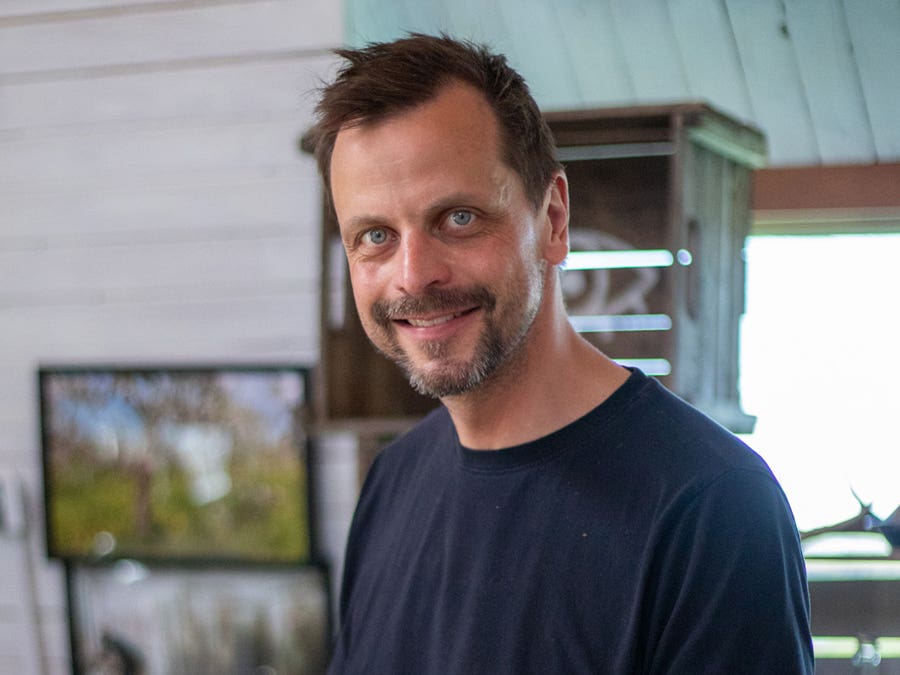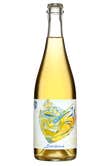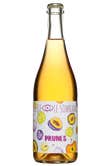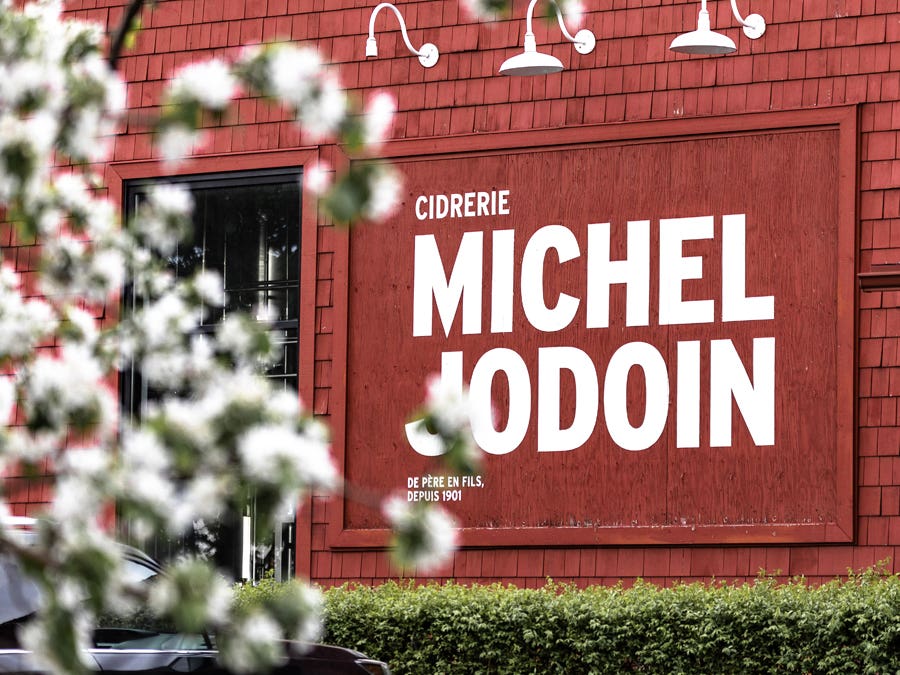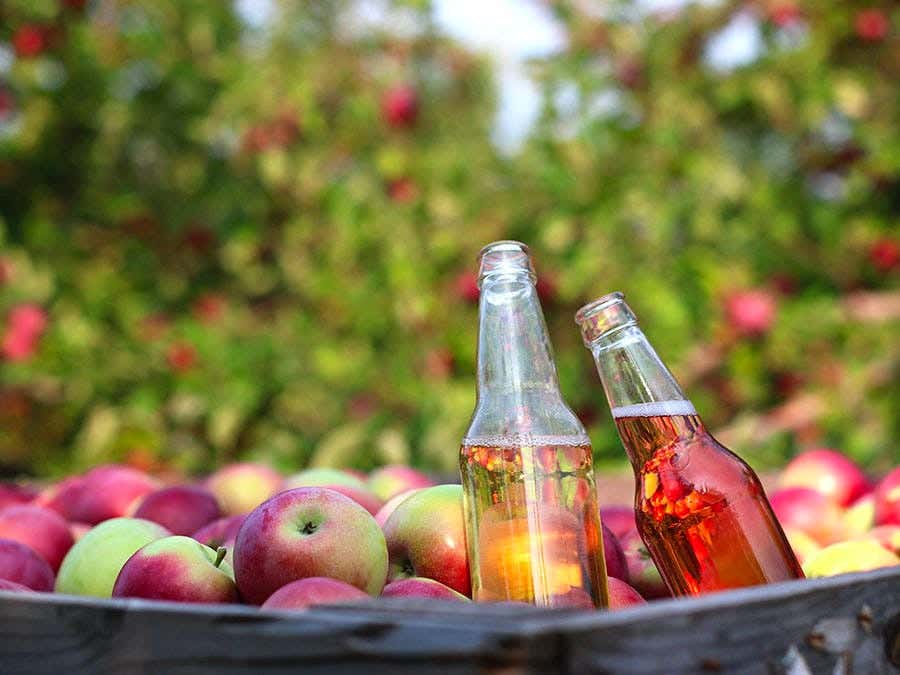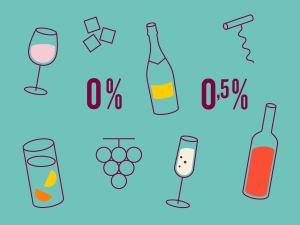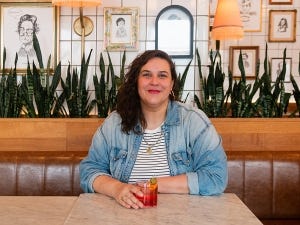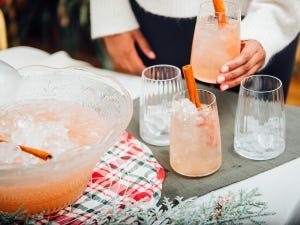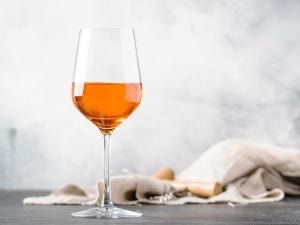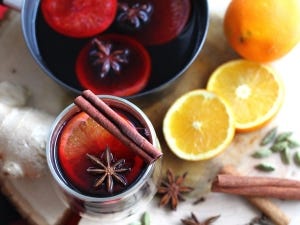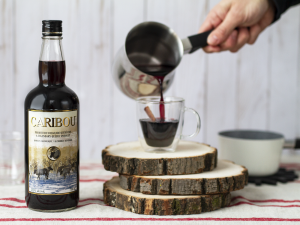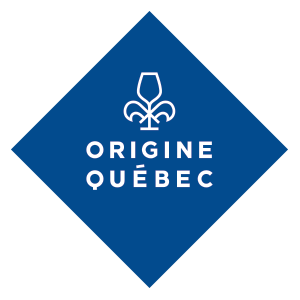
Cidrerie Le Somnambule is an idyllic orchard with 12 acres of apple trees, located just outside Quebec City. It’s the perfect place for creating the most authentic farmhouse cider possible. Their farm-to-bottle process focuses on the flavour of the fruit, producing a natural-tasting cider bursting with the flavour of sun-kissed apples.
Plan your trip with Vaolo
The magic of the orchard
General manager Philippe Jacques was eager to give me a tour of the orchard as soon as I arrived. I was mesmerized before I even reached the grounds—the flowering trees, the little green buds, dandelions blanketing the 12 acres of the property… I quickly understood that the orchard embodies the cider house’s identity. Philippe explained that they grow 15 apple varieties, which allows them to create some truly original products. The trees were in bloom and the pollinators were busy at work—all that was left was to wait for the apples to ripen under the summer sun.
Le Somnambule pays great respect to nature—from which it gets its raw materials—and does what it can to protect it. That’s why the team decided to use as few additives as possible and keep alterations to a minimum, from apple to bottle.
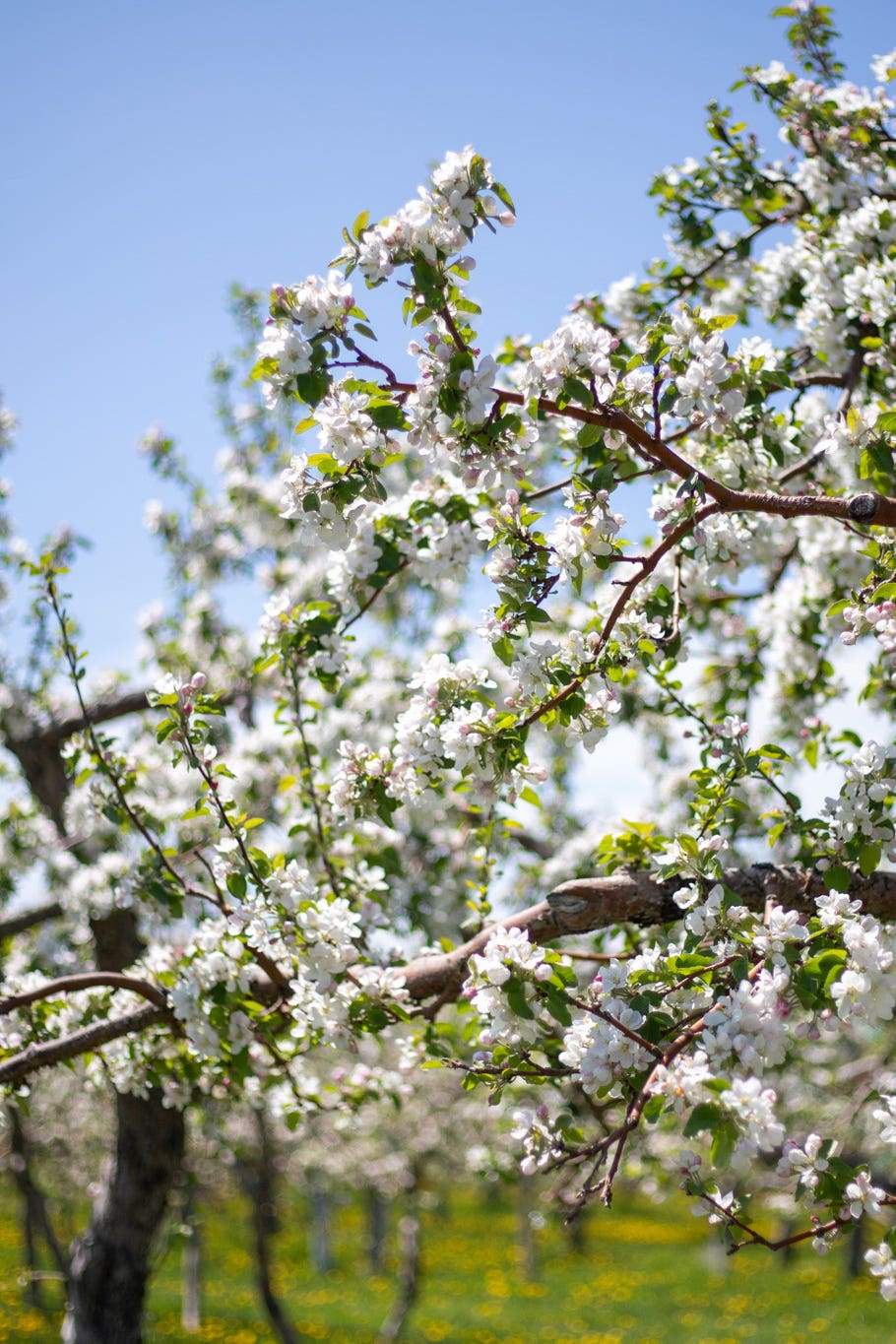

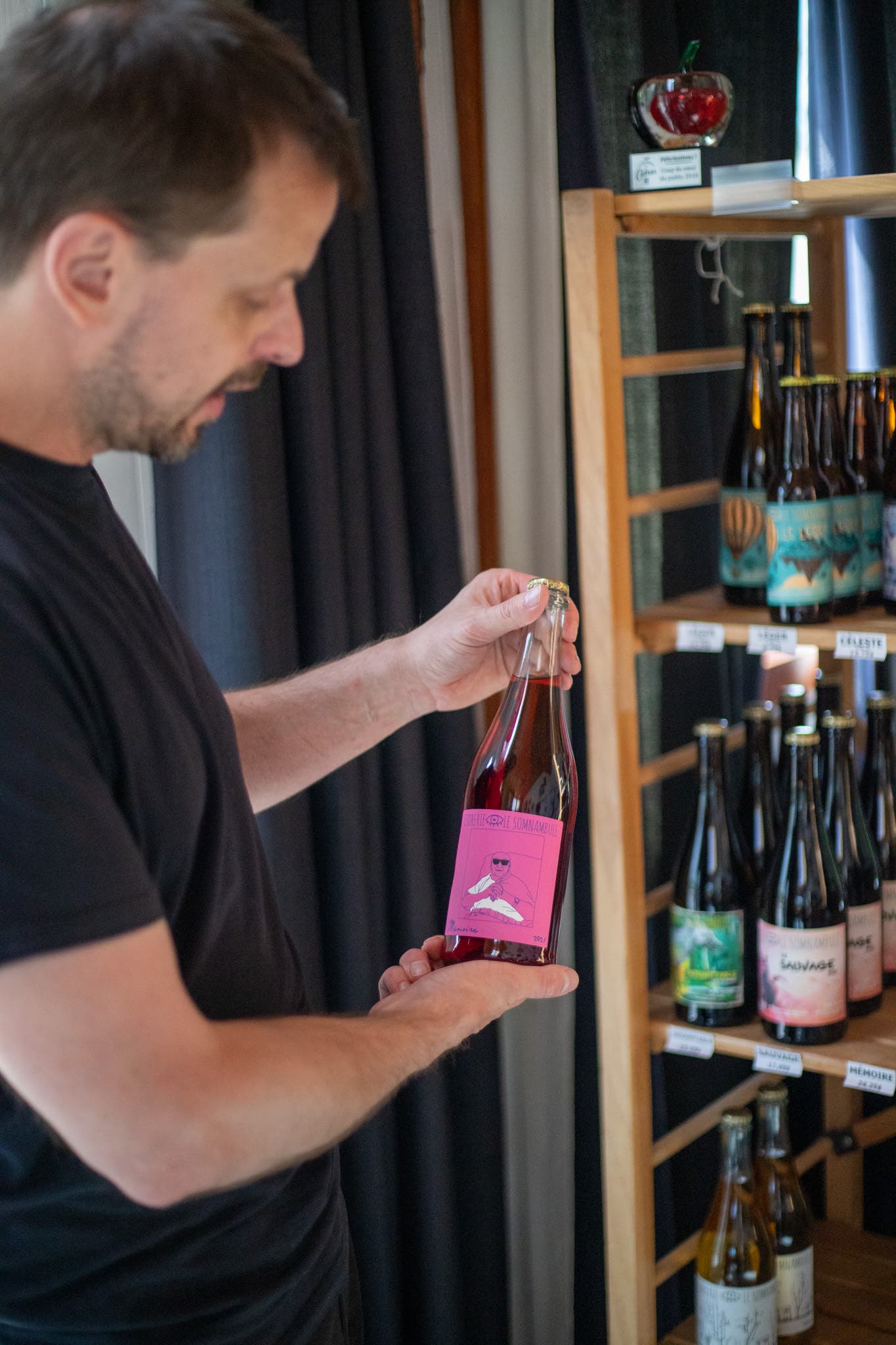

Art at heart of each bottle
Whether it’s creating ciders or product labels, art plays a major role in Le Somnambule’s approach. For example, as we discussed the fabrication process, Philippe noted that the cider house uses a slow press to increase the amount of contact between every part of the apple, from the skin to the seeds. This is what makes the juice so exceptional! He also explained that their philosophy consists of “letting the yeast work its magic.” In other words, they let the yeast that’s already in the juice naturally turn it into cider, even though it takes more time. In fact, Le Somnambule was among the first in Quebec to practice so-called spontaneous fermentation. This means the very essence of the orchard is infused into the juice to produce something uniquely authentic, so every year, each batch of cider has its own particular flavour profile.
The bottle labels are all designed by local artists. In addition to helping them shine, each one tells a story and depicts the product’s personality through striking illustrations.
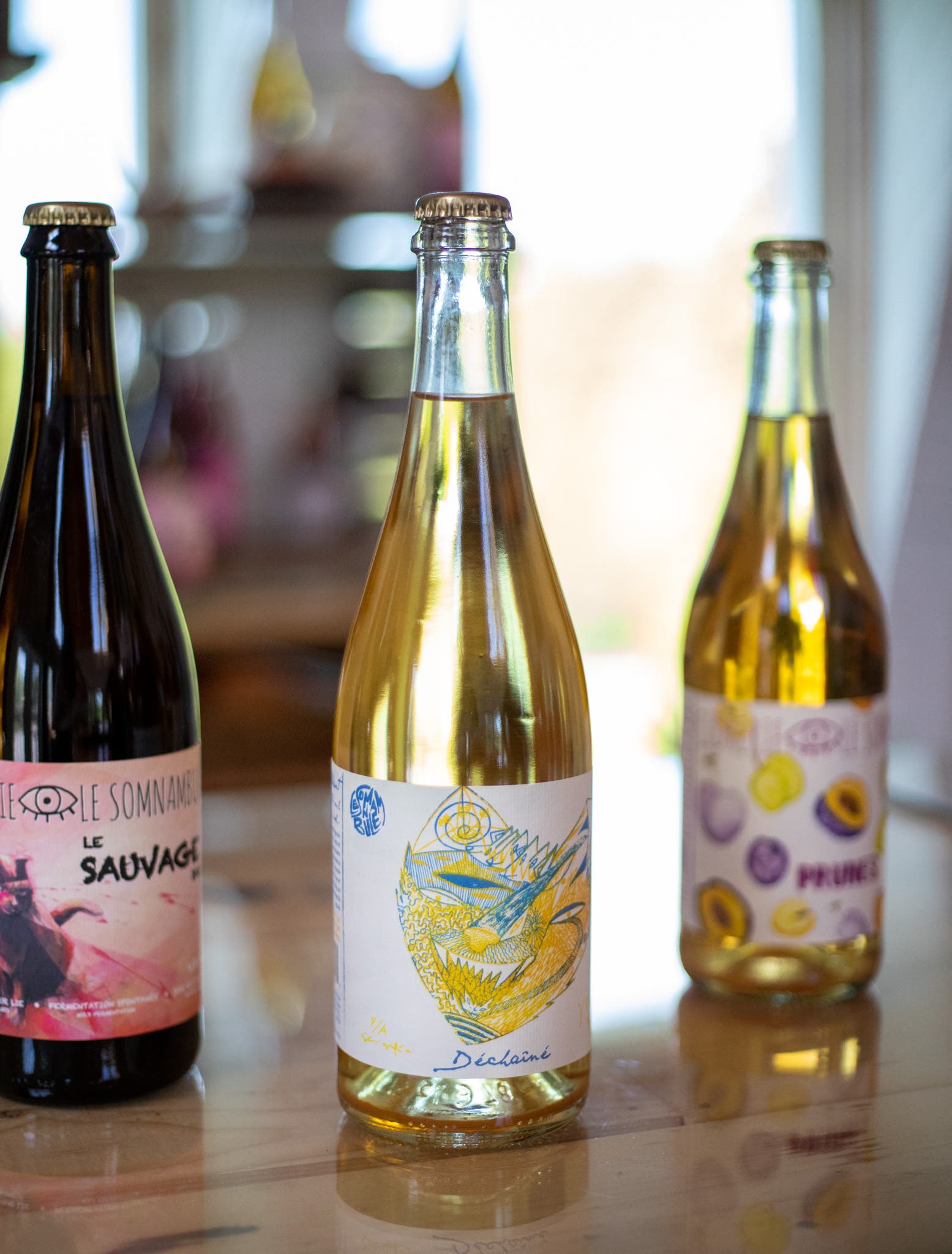

Guided by nature
“What I love about cider is growing the apples and the whole production process—everything from A to Z, basically,” said Philippe. Inspired by the gifts of nature, the Somnambule team comes out with new products every year, including limited-edition items like Dent de Lion, a cider from a few years ago that was macerated on dandelions.
I had the opportunity to try many different products during my visit and realized that you can taste a host of different flavours from one cider to the next. For instance, Le Déchaîné is a barrel-aged cider with wonderfully woody notes. Then there’s the super refreshing Le Sauvage, with a bright acidity at first that gives way to a lingering finish. It was the very first product crafted at Le Somnambule seven years ago, and it pioneered natural fermentation in the cider industry, making it an even bigger part of the cider house’s story!
I loved spending a peaceful afternoon at Le Somnambule with Philippe and his team. It left me inspired by their artistic process and point of view. Their way of working with nature produces premium ciders that will please any palate!
270 Jean-Guérin road, W
St-Henri QC G0R 3E0
418-882-2929
En partenariat avec Vaolo
Discover their ciders
We recommend
-
Read more
The SAQ is proud to be a partner of the event Soif de Cidre Montréal which will take place from July 26 to 28, 2024.
-
Read more
You’d be right in referring to Cidrerie Michel Jodoin as a perfectly balanced blend of a legacy that continues to grow, a passionate team, an owner who’s also a bon vivant, and products you’ll only find here in Quebec. It’s easy to see why this slice of paradise is the pride of Rougemont!
-
Read more
The first cider producers in Quebec go back to... New France. We owe them to Norman settlers, for whom production was a common thing. The first orchards were planted in Québec City and Île d’Orléans, followed by the Sulpicians in Montreal.
 Access to SAQ Inspire personalized services and store inventories are unavailable at the moment.
Access to SAQ Inspire personalized services and store inventories are unavailable at the moment. Free in-store delivery with purchases of $75+ in an estimated 3 to 5 business days.
Free in-store delivery with purchases of $75+ in an estimated 3 to 5 business days. 
